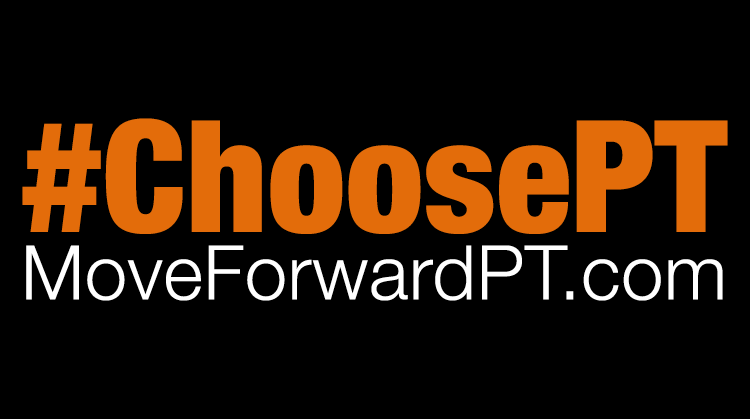Physical Therapy and Pain Management
How we can Help Ease Opioid Dependence
No one likes to feel physical pain. Our natural inclination is to avoid or immediately ease discomfort. For years pain has been addressed primarily utilizing pharmacological methods, specifically opioids for the “quick fix” it provides. Unfortunately, opioid use and abuse has increased exponentially to the point of crisis.
What is an opioid? Opioids are defined as a class of drugs known as narcotics, consisting of legal prescription medication and the illegal street drug Heroin. These drugs are specifically designed to act on the opioid receptors in our brain producing a “morphine-like” effect. Such an effect can lead to abuse and dependence.
An excerpt from the American Society of Addiction Medicine reported the following facts and figures:
“Of the 20.5 million Americans 12 years or older that had a substance abuse disorder in 2015, 2 million had a substance abuse disorder involving prescription pain relievers. Drug overdose is the leading cause of accidental death in the U.S. … in 2015. 20,010 accidental deaths are related to prescription pain relievers.”
Physical Therapy has a long history of treating symptoms (pain) and the underlying cause through the use of modalities, manual therapy, exercise and education. A number of studies revealed how physical therapy treatment is capable of restoring and promoting “optimal health” without the risks associated with opioid use. Physical therapists treat wide ranging causes of pain which in itself is complex and often best treated with an interdisciplinary approach as opposed to a “one solution fix”. Since pain is variable based on causes and patient perception, a well thought out and rounded approach has been shown to provide optimal outcomes.
So next time your physician offers opioid pain relievers ask for an alternative- Physical Therapy.
-Joann Tippett, MPT
